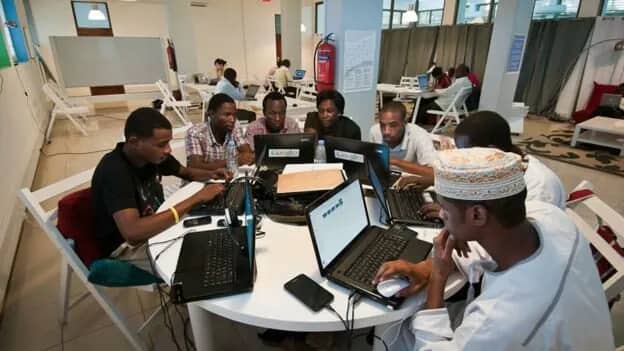How start-ups jostle for Africa’s top funding spots

By Juliet Umeh
What does it take for a start-up to enter Africa’s most elite funding club? According to Africa: The Big Deal, a tracking platform founded by Max Cuvellier Giacomelli and Maxime Bayen, “the threshold is at least $36 million in raised capital since 2019.”
That benchmark places only a handful of Nigerian start-ups among Africa’s Top 100 most funded but their impact on both the local and continental ecosystem is impossible to ignore.
Nigeria’s heavyweights
According to the report, leading the Nigerian pack is Opay, having secured more than $570 million since 2019. This puts the mobile payments and financial services provider among Africa’s Top 5 most funded start-ups alongside South Africa’s TymeBank, Kenya-linked d.light, and Sun King.
Other Nigerian names have also made their mark. “Flutterwave, having secured more than $450 million, and Andela, with $381 million in funding,” rank prominently among Africa’s Top 30 most funded start-ups.
Despite their global recognition, however, they remain below the billion-dollar mark achieved by Egypt’s MNT-Halan, which “has recorded more than $1 billion in funding since 2019.”
How the capital flows
The Africa: The Big Deal report shows that “the Top 100 most funded start-ups account for nearly 70 percent of all capital raised on the continent between 2019 and 2024 – $12.8 billion out of $18.7 billion.”
These companies also “captured 65 percent of all equity raised ($9.4b out of $14.4b)” and “secured 86 percent of all debt financing ($3.3b out of $3.8b).”
For Nigeria, this concentration highlights both opportunity and challenge. On one hand, giants like Opay are magnets for global capital. On the other, thousands of smaller Nigerian start-ups are left sharing in the limited remainder of funding.
Industry analysts argue that this tilt reflects investor appetite for scale. “Capital follows traction,” one Lagos-based venture capitalist said. “Start-ups like Opay and Flutterwave have already proven market fit, so global investors feel safer writing big cheques.”
Debt vs equity: Nigeria’s models
The report states: “Funding models also vary. TymeBank and Nigeria’s Opay are backed entirely by equity financing. This structure has made them especially attractive to international investors. In contrast, companies like d.light (94 percent debt) rely on securitized lending, which can limit investor flexibility.
Analysts note that equity-driven Nigerian companies are seen as growth engines for Africa’s fintech revolution. Their ability to attract large, repeat rounds sets them apart in a competitive environment.
Nigeria in context
Giacomelli and Bayen’s analysis makes clear that Nigeria is still the beating heart of African fintech. Opay’s record haul and Flutterwave’s sustained global visibility reflect the country’s role as a launch pad for digital services that scale across borders.
But Giacomelli has also cautioned that African funding can be distorted by a handful of mega rounds. In July 2024, for example, “d.light’s $176 million securitization facility and MNT-Halan’s $157.5 million funding round” together accounted for most of Africa’s $420 million funding total that month.
He remarked: “This great monthly performance means that the ecosystem was able not only to comfortably cross the US$1 billion mark in 2024 so far, but also to top the amount raised in 2020.”
For Nigerian start-ups, this underlines the lesson that breaking into the Top 100 is as much about scale as it is about timing.
As Africa: The Big Deal observes, “the Top 100 continue to dominate the African funding landscape, shaping not just the start-up ecosystem but the future of the digital economy across the continent.”
For Nigeria, the challenge is to widen the circle, ensuring that beyond Opay, Flutterwave, and Andela, the next generation of innovators also secure their share of Africa’s billions in start-up capital.
The post How start-ups jostle for Africa’s top funding spots appeared first on Vanguard News.

 yarkarkara
yarkarkara 





